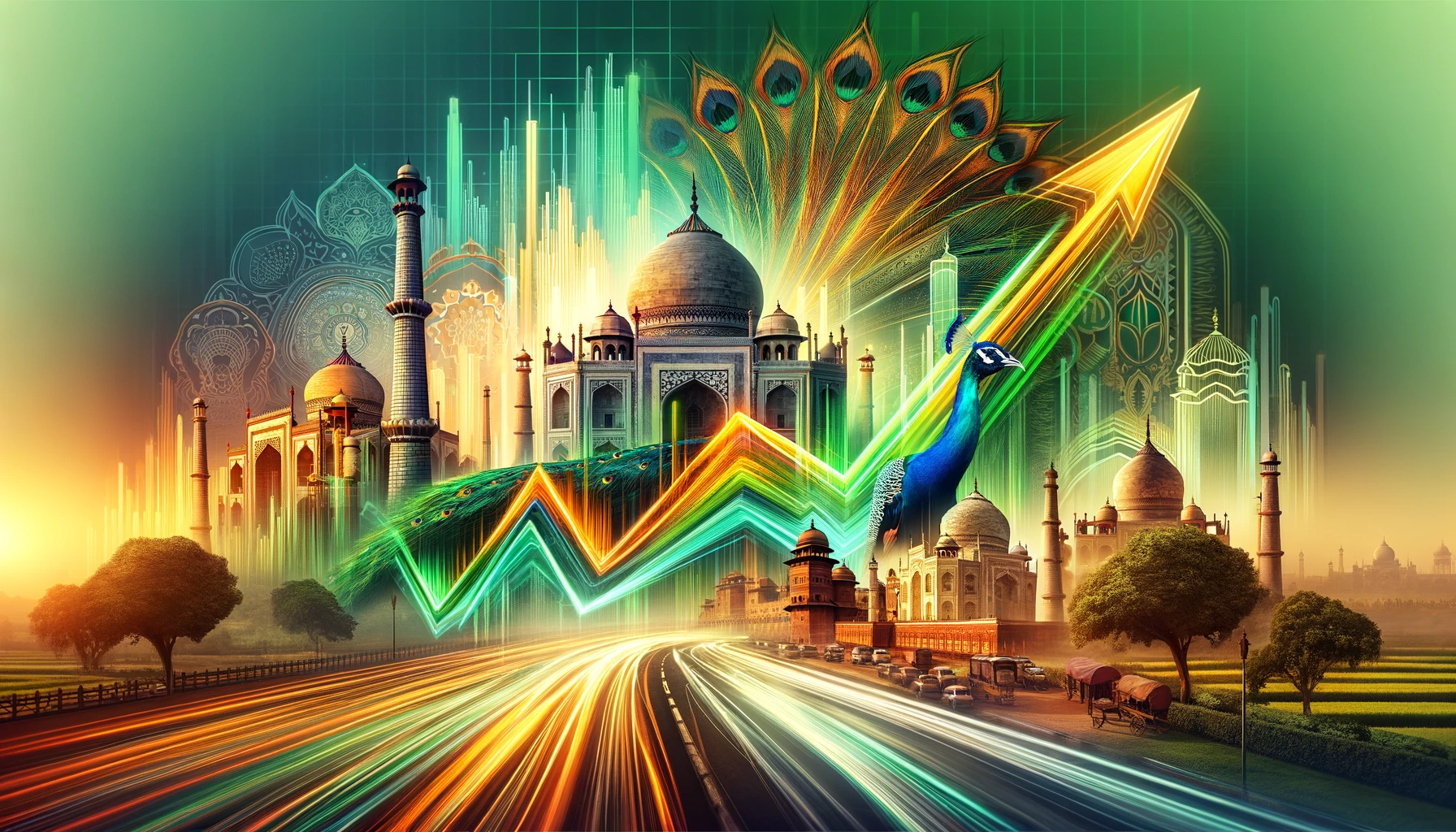In April, India’s economy demonstrated strong expansion, driven by significant contributions from both the services and manufacturing sectors. Recent insights from HSBC Holdings Plc provide a snapshot of the economy’s current state, showing promising trends across key sectors.
Current Trends in Economic Indicators
The Services Purchasing Managers’ Index (PMI) increased slightly to 61.7 from 61.2 in March, while the Manufacturing PMI held steady at 59.1. These developments led the composite index to reach 62.2, the highest since June 2010. These numbers, from preliminary survey results, indicate ongoing expansion, as readings above 50 suggest growth. Final PMI data, expected next week, will likely confirm these trends.
April saw a quickening in services sector growth with a rise in new orders both domestically and abroad. Pranjul Bhandari, HSBC’s chief India economist, noted in a statement that manufacturing also saw gains with better margins as companies managed to pass on higher costs to consumers amidst strong demand.
“The overall future business outlook improved further in April, caused by strong demand,” Bhandari explained. This period also marked huge job creation, supported by rising demand, although the pace of hiring in services was slightly down from March, manufacturers expanded their workforce substantially, the most in over a year.
Controversies and Predictions
A notable development this month was a rebuttal from the International Monetary Fund (IMF). IMF spokeswoman Julie Kozack clarified in Washington that the 8% growth forecast for India by Krishnamurthy Subramanian, representing India at the IMF, does not align with the IMF’s own projection of 6.5%.
Subramanian defended his optimistic view, critiquing the IMF staff’s predictions for India as “consistently inaccurate.” His comments highlights a larger narrative that views India as an emerging economic powerhouse, a narrative that closely ties to the political standing of Prime Minister Narendra Modi both domestically and internationally.
Since his 2014 campaign, Modi has been credited with transforming India’s economic fortunes. Under his leadership, India has become the fastest-growing major economy, surpassing the UK to become the world’s fifth largest economy with projections to climb higher.
Modi’s administration, while promoting India’s growth, has faced criticism for the alleged manipulation of economic data and a widening income inequality gap.
Economic Realities and Challenges
Despite official reports of growth, various economic indicators reveal a more nuanced picture. Foreign direct investment is at its lowest in nearly two decades, and private sector investment has declined as a percentage of GDP since 2012. Consumer markets remain sluggish, with massive downturns in staple goods consumption and a stark decrease in tractor sales, an indicator of rural economic health.
Unemployment, particularly among educated youth, remains a critical issue, with increasing numbers seeking opportunities even in conflict zones abroad. The manufacturing sector, despite the “Make in India” initiative, has not seen the promised job growth, and the share of agriculture in employment has unexpectedly increased, suggesting a shift away from industrialization.
Data integrity has also been questioned. Ahead of the 2019 elections, the government faced allegations of suppressing unfavorable employment data. Recent releases have shown improvements in poverty and consumer spending, though these figures contradict other data sources, suggesting possible discrepancies.
Moreover, income disparity continues to widen in India, with a big concentration of wealth among the “octopus class,” controlling 80% of the nation’s wealth. This inequality starkly contrasts with the government’s portrayal of a thriving economy, raising concerns about the long-term sustainability and inclusivity of India’s economic growth model.





